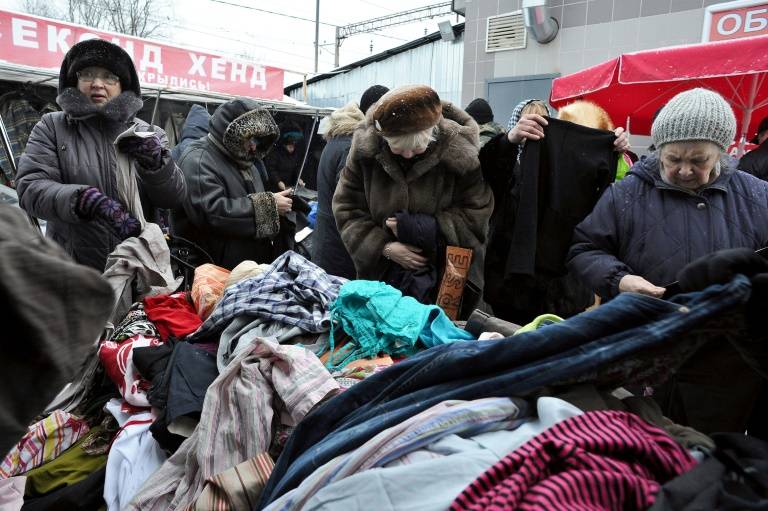It was a step that seemed unimaginable a year ago: the Russian authorities stepping in to stop the country's currency from getting too strong.
Back in January 2016 the ruble hit a record low of 85 to the dollar as a combination of plunging oil prices and Western sanctions over Moscow's actions in Ukraine pounded the Russian economy.
Since then the ruble has gained some 40 percent as oil has rebounded and the first shoots of economic recovery have begun to appear.
Hopes in Moscow for better ties with the West after the election of US President Donald Trump have only added to the gains.
While at first glance the reinvigorated ruble might appear positive for the authorities, for the number crunchers at the finance ministry it's not all good news, because of fears it could hurt Russia's newfound competitiveness.
Rather than scrambling to prop up the ruble, they announced Wednesday a plan to buy foreign currencies with the excess income from oil revenues -- the price has shot up some $15 over the $40-per-barrel forecast used to build the federal budget.
Officially, the explanation for the move is to build up a buffer to help decouple the energy-reliant economy from the volatile oil market, since the ruble often rises and falls in tandem with the price of black gold.
But while the central bank insists it is not seeking to curb the free float of the ruble, economists say the message from the move is clear.
"The central bank's return to the market would be an important psychological factor and indicate a strong state willingness to keep a weak ruble exchange rate," Alfa Bank analysts said in a note.
And even though the plan is meant to come into effect only from February, the impact of the announcement is already being felt.
After strengthening so far this year, the ruble fell back to about 60 to the dollar on Thursday, moving for once in the opposite direction of the price of oil.
- Message for investors? -
Russian officials have faced a difficult balancing act as they battled the longest recession during President Vladimir Putin's time in power.
When the ruble plummeted at the start of the crisis in 2014, the authorities quickly gave up costly interventions to prop up the currency.
This meant widespread pain for average Russians as the ruble's plunge spurred inflation and sent borrowing rates soaring.
But experts said the currency's slide helped absorb some of the shock, by propping up budget revenues from oil and helping to spur competitiveness of Russian goods.
That has been a traditional weak point for Russia, and the lower ruble dovetailed with government calls for companies to step up production inside the country, instead of relying on imports.
In a sign that Wednesday's announcement was aimed at enticing foreign investors, the move was first signalled by deputy prime minister Igor Shuvalov in an interview at the Davos forum in Switzerland this month.
Oleg Kuzmin from Renaissance Capital, who estimates that the operations will amount to about $80 million a day, called the decision from the authorities "rational".
"This could smooth the impact of the oil price on the Russian economy, secure the competitive advantages that Russia received after the last devaluation and make the budget and current account surplus more secure," he wrote in a note.
The finance ministry said Putin himself had decided that the surplus oil revenue would not be used for "additional spending" but would go towards buying foreign currencies to bolster the country's depleted reserve funds.
That means the Kremlin seems intent, at least for now, on shoring up the state coffers rather than loosening austerity ahead of presidential elections next year.






